Research Fellows
The REDUCE project unites a multidisciplinary group of professionals and organizations, each playing a key role in achieving its goals. Meet the team behind the initiative.
Revealing IUU fishing activities based on bird-borne devices and AIS/VMS data

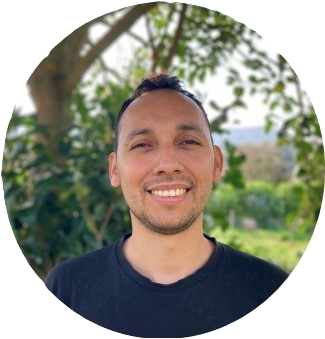
27/05/2025
Diego José Arévalo Ayala
Demographic impacts of bycatch on seabirds
Specific objectives of this PhD/postdoc?
- Focused on studying long-lived species populations, applying capture-recapture methods and analyzing environmental factors that influence their population trends using both frequentist and Bayesian frameworks.
- Contributing to species conservation through science-based evidence, interdisciplinary collaboration, and the inclusion of knowledge from local communities, practitioners and civil society actors.

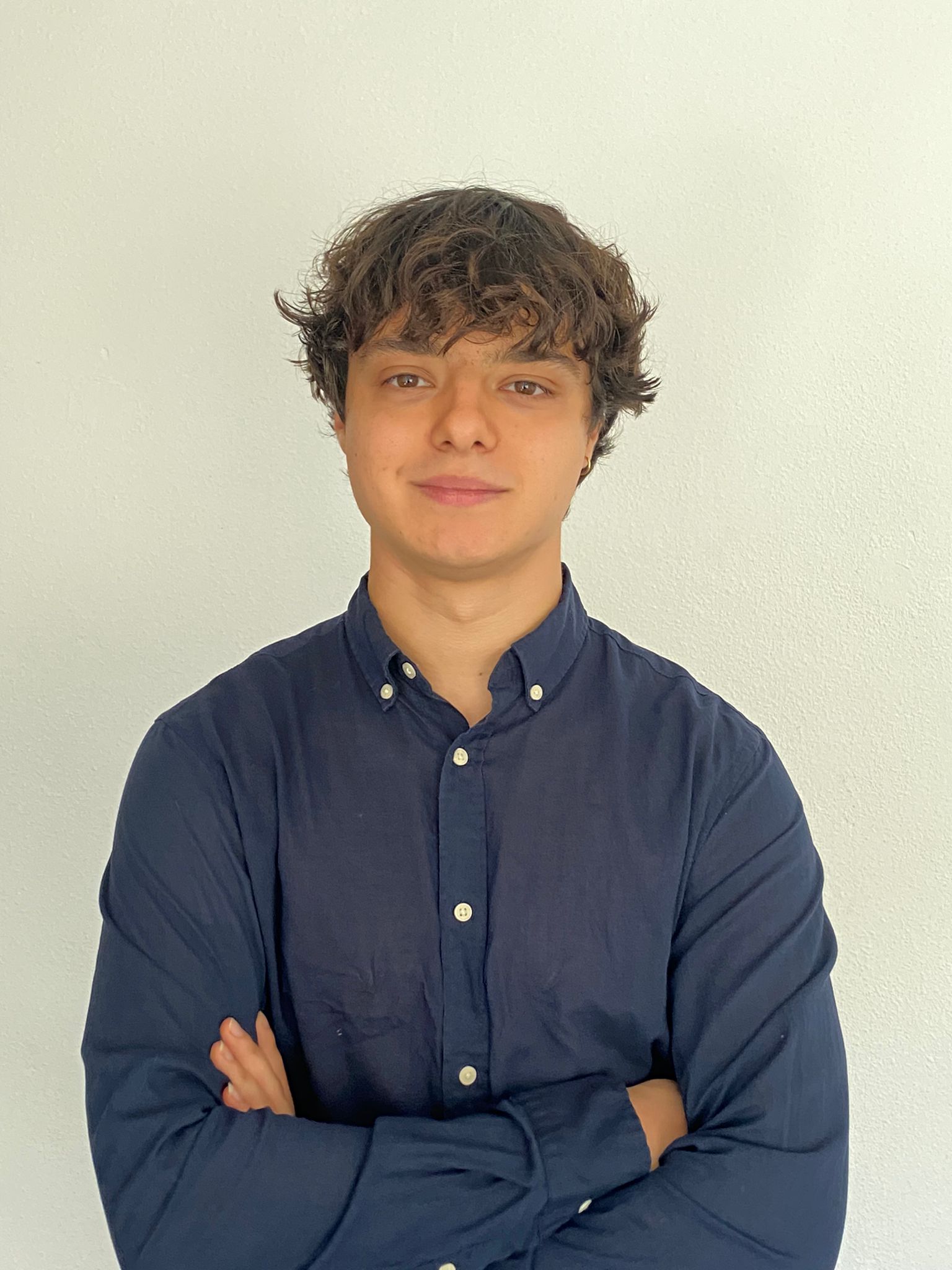
23/05/2025
Alejandro Espada Pastor
Graduate Research Assistant | WP5
Bayesian spatio-temporal modelling of fishing effort
Specific objectives of this PhD/postdoc?


01/06/2024
Assessing Seabird-Fishery Interactions with Bird-Borne Sensors and Vessel Tracking Systems
Specific objectives of this PhD/postdoc?
1. Interactions between shearwaters and fishing vessels
2. Compare different techniques of detecting seabird-fishery encounters (GLS, radar detectors or seabird movement data)

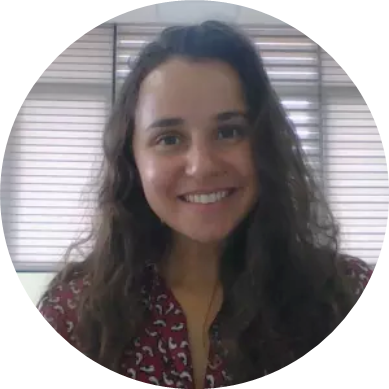
1/9/2024
PhD | WP3, WP6, WP7
DFAD environmental impacts for tropical tuna purse seine fishery in the Atlantic Ocean
Specific objectives of this PhD/postdoc?
TBD


1/9/2024
Clara Lerebourg
Multi-species modeling of bycatch and marine spatial planning for EU tropical tuna fisheries of the Atlantic Ocean
Specific objectives of this PhD/postdoc?
TBD

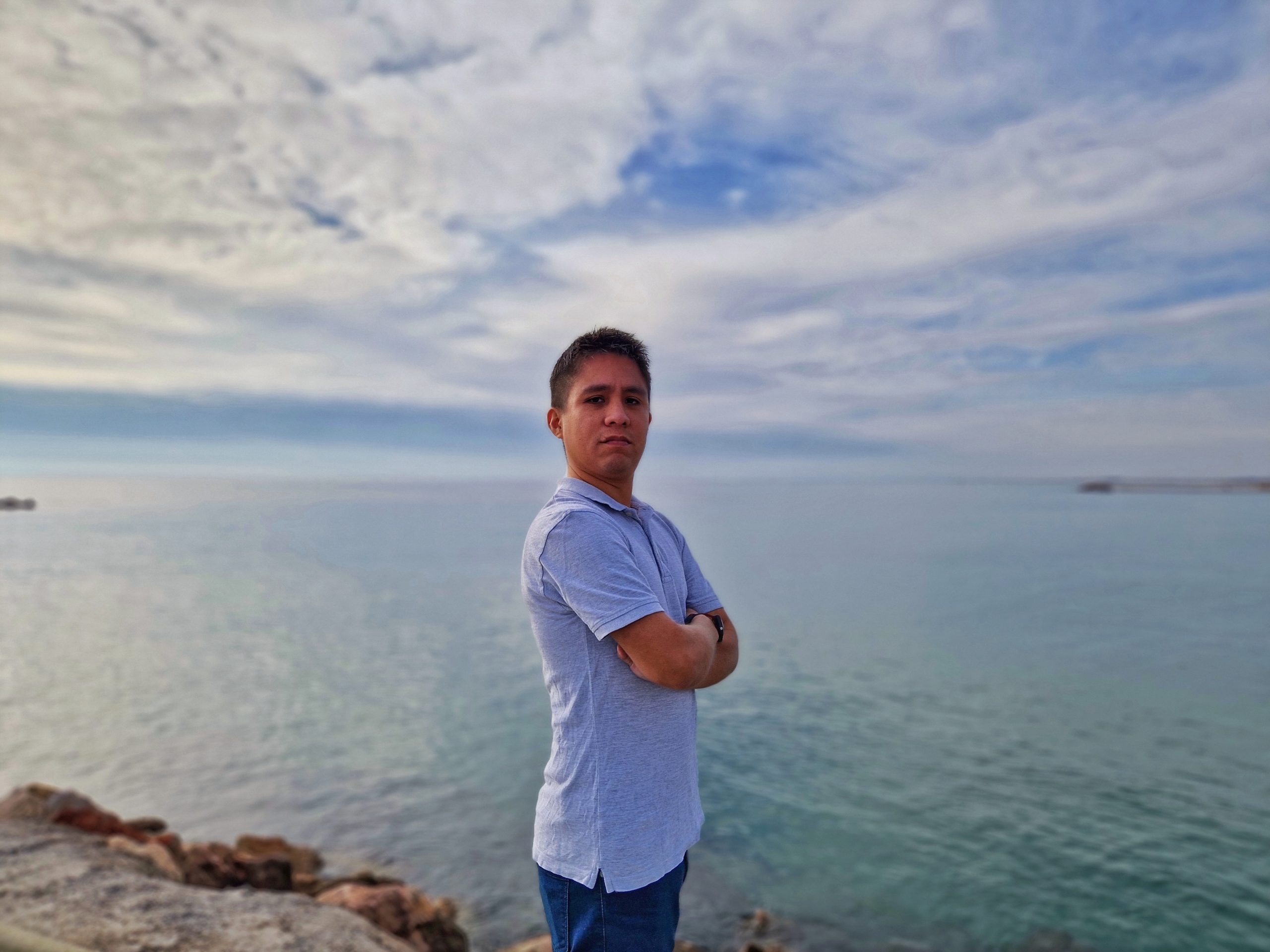
5/05/2025
Luis Wencheng Lau-Medrano
PhD | WP3
Artificial intelligence for a better understanding of stock size and fishery dynamics in tropical tuna purse seine fisheries
Specific objectives of this PhD/postdoc?
TBD


1/9/2024
Lucy Arnaud
Master student | WP3
Developing a Convolutional Neural Network for Bycatch Species Recognition in the floating object purse seine fishery in the Eastern Central Atlantic Ocean
Specific objectives of this PhD/postdoc?
TBD


1/2/2025
Ricardo Cardoso Pereira
Postdoc | WP3
Ocean data science, machine learning models for bycatch species identification
Specific objectives of this PhD/postdoc?
1. ML tools: ML model training, validation and testing for main bycatch species identification
2. Cross-validation: comparative analysis of ML models.
3. Expandable analysis: Create an easy-to-use system for analyzing different features and areas. 4. Investigate innovative computational methods to overcome current challenges in predicting megafauna bycatch from Electronic Monitoring Systems (EMS) data.

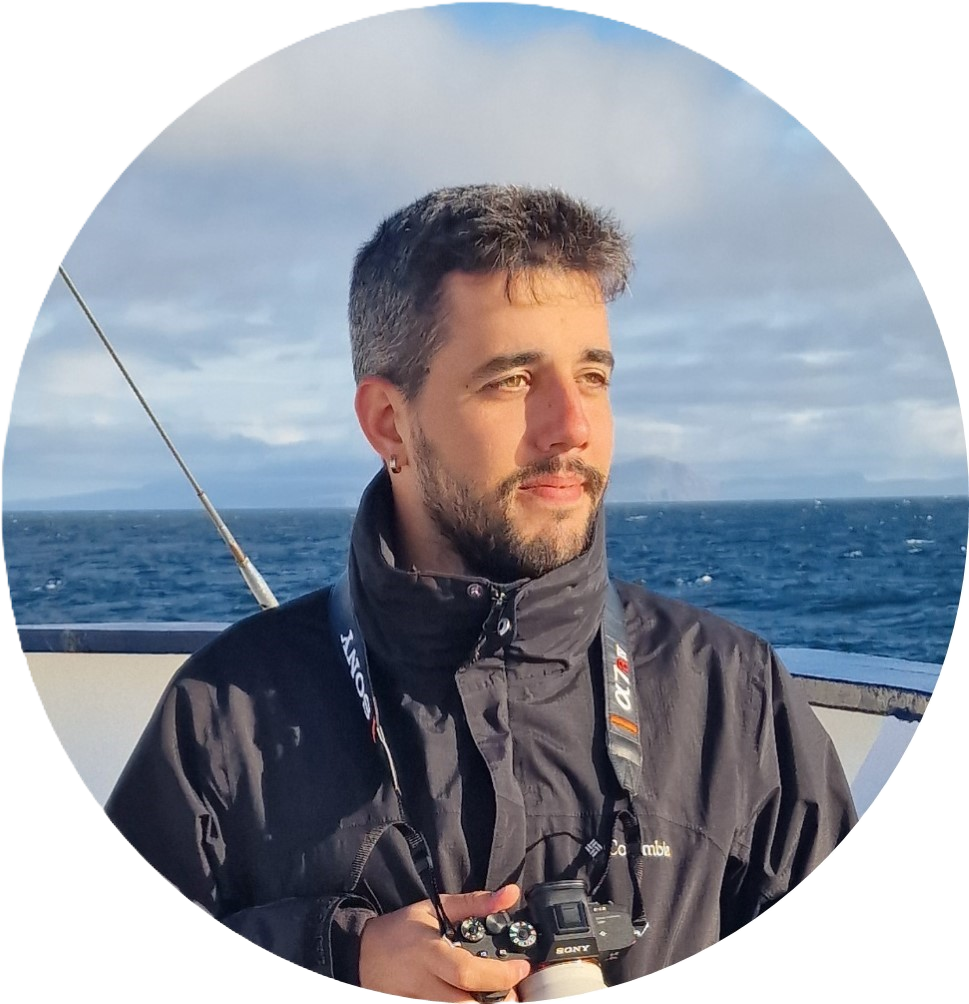
Distribution and abundance modelling of cetaceans occurring in the Eastern Atlantic and their interaction with commercial fisheries.
Specific objectives of this PhD/postdoc?
1. Cetacean Habitat Models for the Eastern Atlantic
2. Spatial Bycatch Risk Assessment for cetaceans in the Eastern Atlantic
3. Bycatch Estimates for Iberian harbour porpoise
4. Dynamic ocean management measures for the conservation of the Iberian harbour porpoise

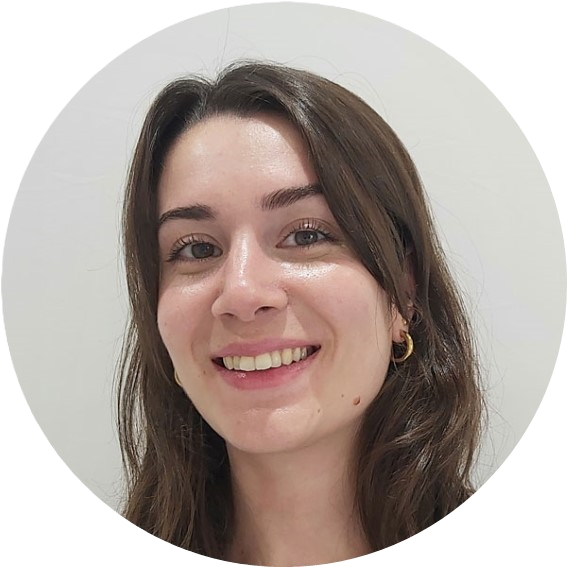
Paola Gabasa
Study of the movement ecology of pelagic sharks in the Western Mediterranean and Atlantic Ocean and its relationship with fisheries. Main topics: species distribution modeling and bycatch risk assessment
Specific objectives of this PhD/postdoc?
1. Monitor the presence and distribution of pelagic sharks in the Western Mediterranean and Atlantic Ocean using a multiplatform approach.
2. Study the distribution of pelagic sharks in relationship with mesoscale structures
3. Assess the spatiotemporal dynamics of fishing activity and bycatch risk for pelagic sharks in the Atlantic Ocean
4. Assess dynamic ocean management approaches to support shark conservation

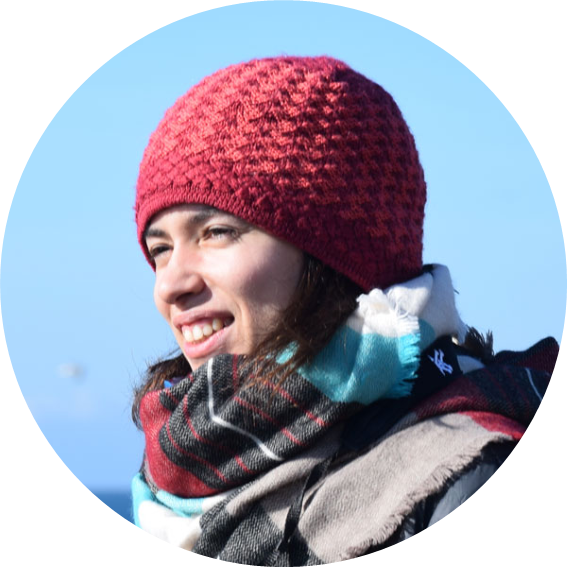
Leia Navarro Herrero
Fisheries research and management, with a focus on understanding various aspects of fishing activities, including distribution, illegal practices, ghost gear impact to inform sustainable fisheries management practices
Specific objectives of this PhD/postdoc?
1. Examining fishing effort distribution and assessing harbor responsibilities in the eastern central Atlantic: a comprehensive method utilizing vessel tracking Systems.
2. Identifying illegal fishing activities in west african waters via seabird movements: integration of vessel tracking systems, satellite imagery, and bird-borne radar detection.
3. Identifying fishing practices (métiers) through vessel movement patterns and machine learning techniques.


Pelagic health assessment, spatial distribution of demersal sharks and rays
Specific objectives of this PhD/postdoc?
1. Spatio-temporal distribution of demersal chondrichthyans in West Africa
2. Predictive health assessment for post-release mortality in pelagic sharks


Bayesian spatial distribution models, sea turtles
Specific objectives of this PhD/postdoc?
1. Bayesian species distribution models for animal telemetry
2. Spatio-temporal distribution of sea turtles in West Africa
3. Assessing bycatch of sea turtles in West Africa
4. Dynamic ocean management approaches to support sea turtle conservation


3/6/2025
Lucas Bastos
Graduate Research Assistant | WP6
Population Genomics Analysis
Specific objectives of this PhD/postdoc?
- Building a repository of samples for genetic analysis of key ETPS
- Collecting publicly available and new genetic and genomic resources
- Various bioinformatic analysis


Postdoctoral researcher in bycatch ecology and fisheries research
Specific objectives of this PhD/postdoc?
1. Methods for bycatch ecological data analysis
2. Effectiveness of EMS
3. Bycatch interactions with fishing gears
4. methods for bycatch monitoring


Industrially focused PhD project with DataFish.
Specific objectives of this PhD/postdoc?
1. Electronic monitoring systems (EMS) database optimization,
2. Machine learning model-assisted tagging of bycatch events from EMS to accelerate the labelling of EMS images,
3. Deep learning model development for bycatch (megafauna) species detection and classification from images
4. Combining deep learning (DL) models for bycatch estimation
5. Comparative analysis of DL models versus fisheries observers’ data


Epibionts as ecological and health indicators
Specific objectives of this PhD/postdoc?
1. To make a health assessment of sharks and marine turtle to be released after capture
2. To gather information on epibionts that assist in informing on ecological, populational and behavioral traits of by-caught / stranded animals


Gonçalo Ramos
Post-release mortality of smooth hammerhead sharks in coastal (off Australia) and pelagic (western Africa) regions.
Specific objectives of this PhD/postdoc?
1. Horizontal and vertical movements
Explore the long-term movement of smooth hammerheads, describing the species migratory movements and diving behaviour, while also identifying high use areas along NSW coast and in the open ocean of the NA, allowing to compare the two distinct environments.
2. Post-release survivability
Assess the at-vessel mortality rate and post-release survivability of smooth hammerheads caught on SMART drumlines in NSW and in pelagic longlines (NA); describe factors affecting survivability, along with sub-lethal effects and recovery periods. Data from NSW will be used as a baseline for comparisons with data from pelagic longlines.
3. Capture probability on SMART drumlines
Describe the spatiotemporal variability of hammerhead captures on SMART drumlines, assessing biotic (e.g., sex and size of individuals) and abiotic (e.g., water temperature) factors influencing capture probability, and inferring about the species’ spatiotemporal distribution along a rapidly changing coastal environment (i.e., NSW).
4. Trophic ecology
Use stable isotope analysis from tissue samples of hammerheads captured in NSW and in the NA, aiming to assess and compare the species trophic ecology in an oceanic vs. a coastal environment, describing foraging habitats and the most likely prey items

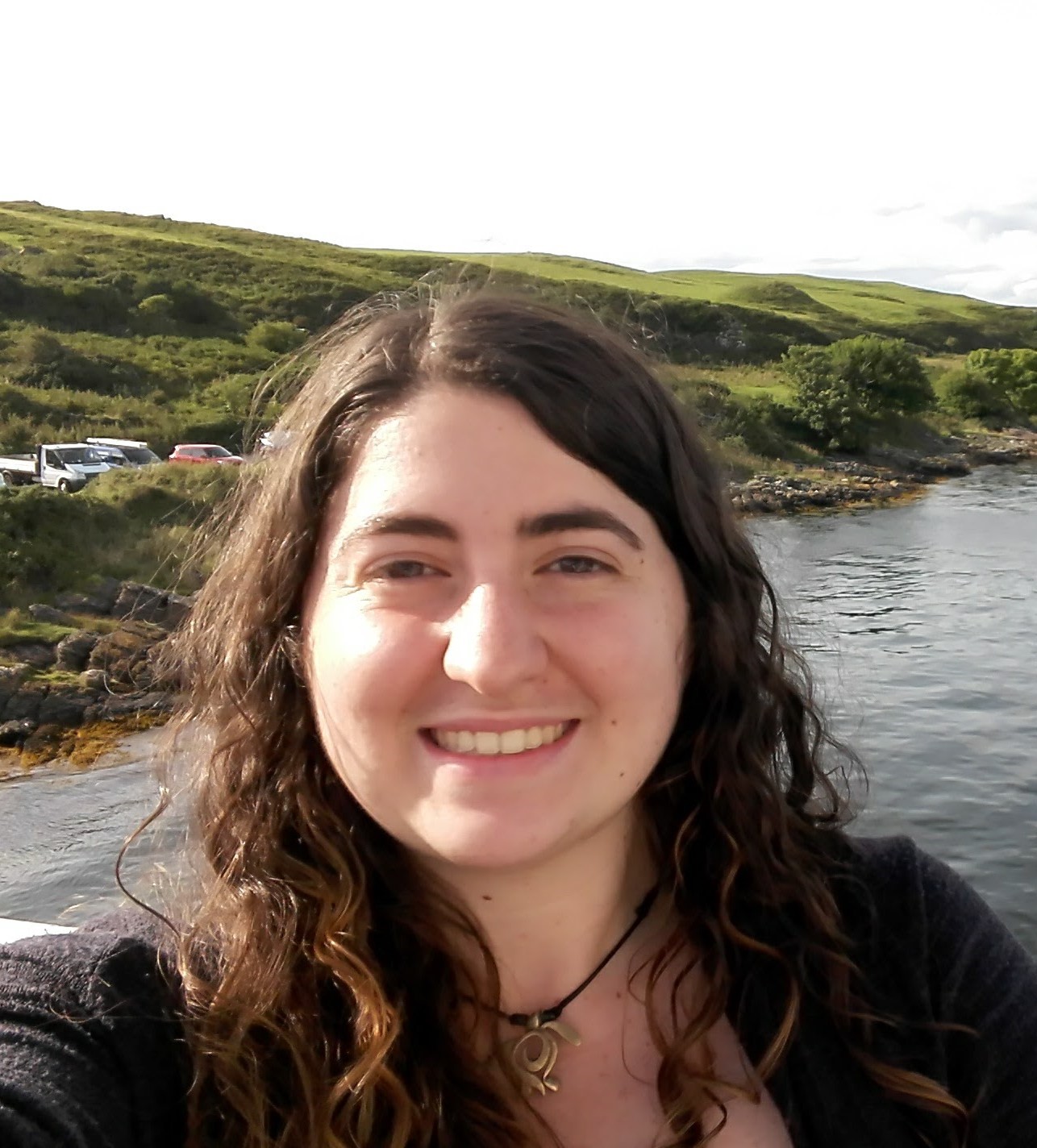
15/4/2025
Alessandra Cani
Postdoc | WP4
Reducing bycatch of threatened megafauna in the Eastern Central Atlantic
Specific objectives of this PhD/postdoc?
– Instrumentation of sea turtles incidentally caught on a commercial longline vessel.
– Analysis of the data collected by the satellite tags: habitat use and post-release mortality assessment.

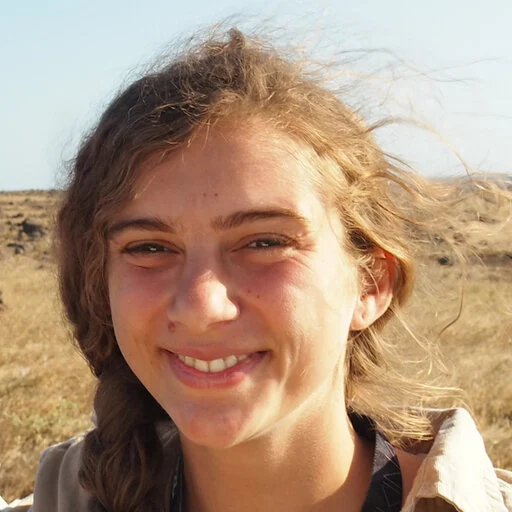
2/1/2025
Sarah Saldanha
Postdoc | WP2
Data Scientist and Data Manager
Specific objectives of this PhD/postdoc?

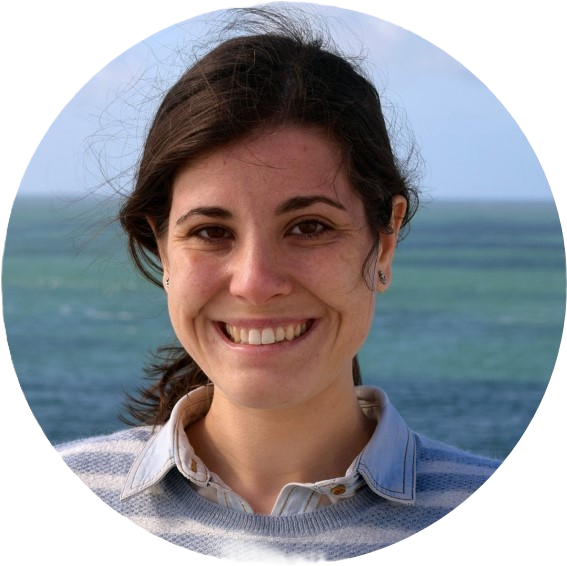
Ana Mafalda Correia
Modelling bycatch and tagging carcasses, cetaceans
Specific objectives of this PhD/postdoc?
1. Coordination of CIIMAR activities
2. Data processing for modelling bycatch risk
3. Assessment of health indicators and tagging of bycaught cetaceans


ML model developping


Juliette Champsaur
Statistical modelling (impact (e.g. PBR), risk, habitat)


Strandings task plus statistical modelling


Postdoc | WP5


